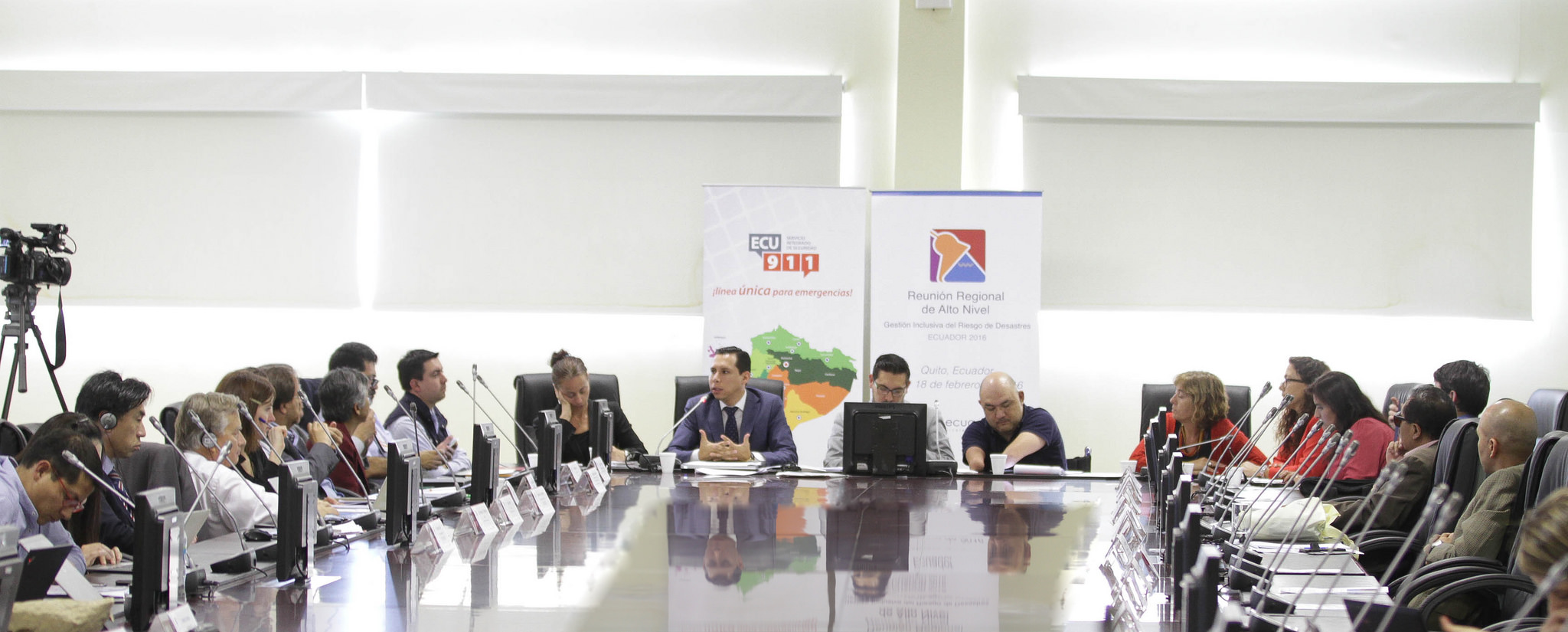The Network
About Us

Justification, objectives and structure of the network
It has been proven that people with disabilities are normally excluded from all those that are conventionally considered as the phases of the disaster risk management cycle. In the analysis phase, people with disabilities are invisible and are not part of the planning processes. In the reduction phase, people with disabilities are effectively excluded from the warning and alarm systems, emergency plans and training processes. In the response phase, the information and communication systems are inadequate; their specific needs are not considered in the evacuation processes and temporary shelters do not usually present minimum accessibility conditions. Finally, in the recovery phase, people with disabilities are excluded from decision-making and their particular needs are ignored.


